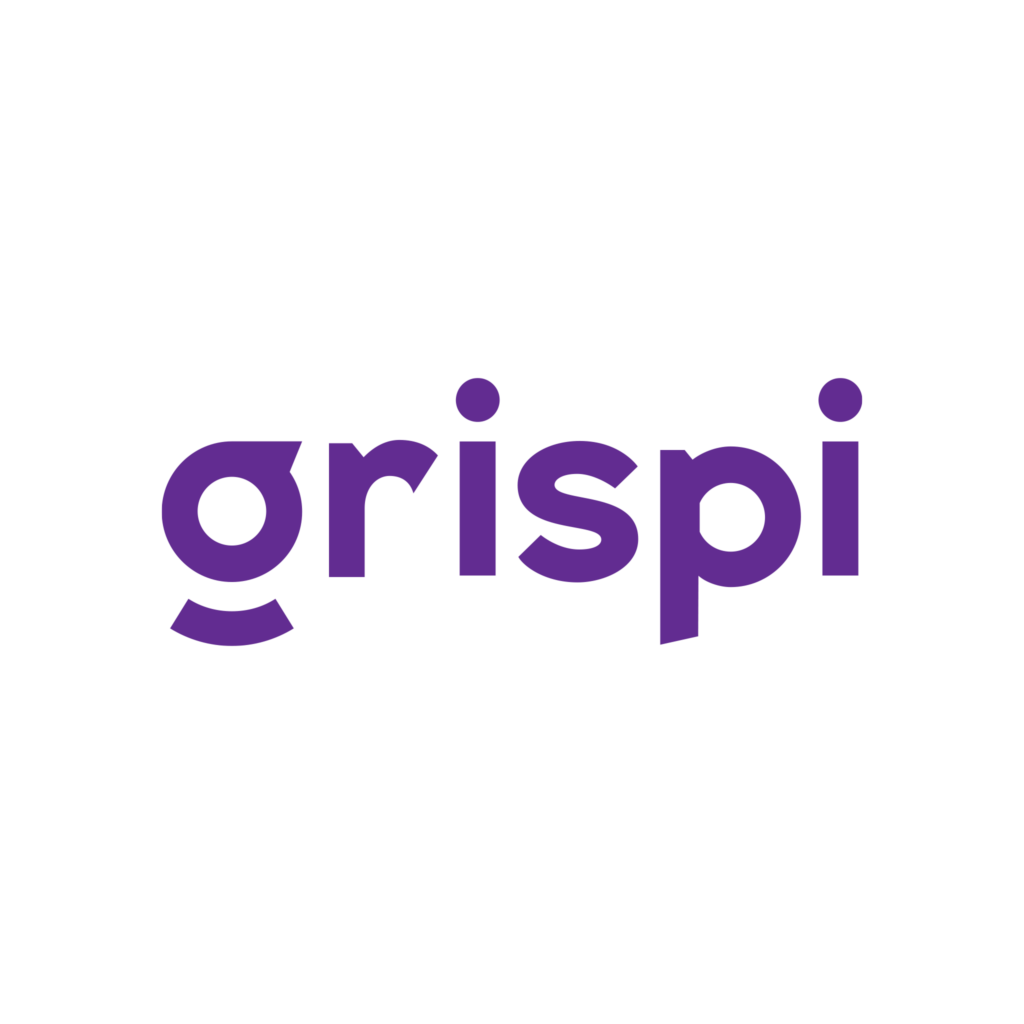How to Create a 5-Step Customer Success Journey Map
- August 31, 2024
-
Asude Sena Örentaş
A Customer Success Journey Map is a vital tool for understanding each stage where customers interact with your product or service. It helps businesses improve customer experience and drive long-term satisfaction. Here’s how to create an effective five-step customer success journey map:
1. Identify Customer Profiles and Journey Stages
Start by defining how your customers interact with your product or service. Break down the journey into clear stages—awareness, evaluation, purchase, usage, loyalty, and advocacy.
Understand what customers experience and identify key touchpoints at each stage. This helps you optimize their journey and deliver a consistent, valuable experience from start to finish.

Example:
A software company might observe that potential customers first discover the product via blog posts or social media. Then, they request a demo and begin evaluating it. During the purchase phase, they interact with sales representatives. The support team becomes active during onboarding and usage. If the customer is satisfied, they may recommend the software to others—becoming brand advocates.
2. Understand Customer Emotions and Motivations
At every stage, it’s crucial to understand what your customers are feeling and what motivates them. Analyze their pain points, emotional drivers, and satisfaction levels. These insights help you tailor solutions and provide a more personalized experience.
Example:
An e-commerce customer may feel excited while browsing products, but become anxious during checkout due to unclear payment or delivery information. Offering a fast, secure checkout process and transparent shipping details helps ease these concerns.

3. Identify Touchpoints and Communication Channels
List all customer interaction points—such as your website, mobile app, social media, customer service channels, or in-store experiences. Analyze the quality of interactions at each touchpoint and ensure a consistent and seamless experience across all of them.
Example:
A hotel chain may interact with customers through its website, mobile app, call center, social media, and email. To boost satisfaction, the hotel ensures that every platform delivers consistent service and messaging.
4. Collect and Analyze Customer Feedback
Customer feedback is essential for building an accurate journey map. Gather insights from surveys, support tickets, reviews, and direct feedback. Use this data to uncover customer expectations and areas for improvement.
Example:
A SaaS company regularly runs NPS (Net Promoter Score) surveys to gauge customer satisfaction. Based on feedback, the company continuously updates its product features and improves the user experience to better meet customer needs.

5. Create and Share the Journey Map
Based on your insights, create a visual and comprehensive journey map that reflects customer experiences at each stage. Share this map across teams—marketing, support, product, and sales—to ensure alignment and collaboration on improving the customer journey.
Regularly review and update the journey map to stay aligned with changing customer expectations and market dynamics.
Example:
A bank creates a detailed journey map for its loan application process. It shares the map with all departments and uses customer feedback to simplify and speed up the process, resulting in a better experience for customers.
A well-crafted customer success journey map is one of the most powerful tools to increase customer satisfaction. By understanding your customers at every stage and continuously optimizing their experience, you can build long-lasting relationships and cultivate loyalty.
Contact us
Fill out the form for detailed information and demo account, let us call you.
